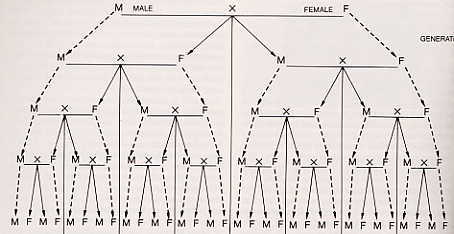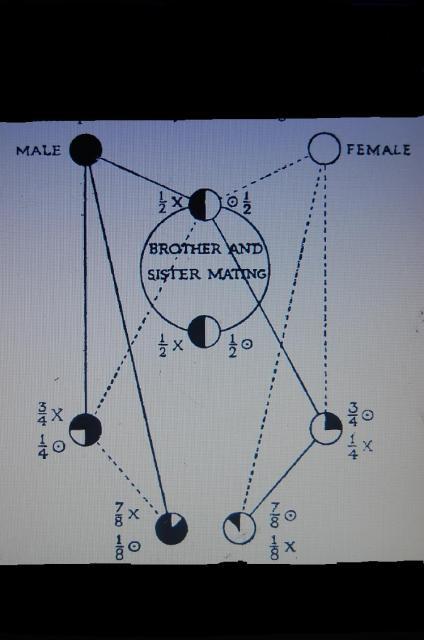There are many books and articles on the subject. Ultimatefowl has a good article ... I don't know if this link will show up ...
ultimatefowl.wordpress.com/2009/02/11/line-breeding/

ultimatefowl.wordpress.com/2009/02/11/line-breeding/

Last edited:




